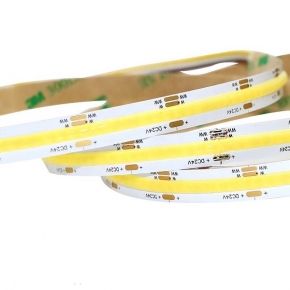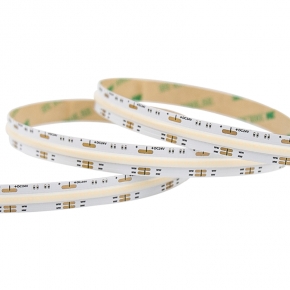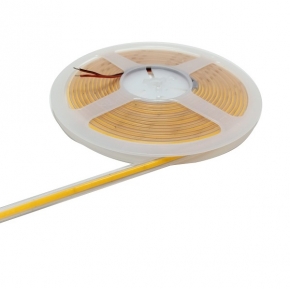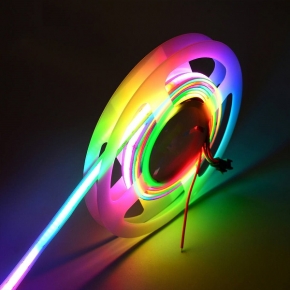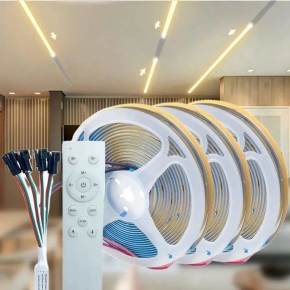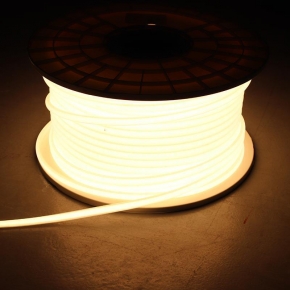Comprehensive Guide to Assessing LED Light Quality
Comprehensive Guide to Assessing LED Light Quality
Introduction
LED lights have become ubiquitous in various applications, ranging from residential lighting to commercial installations. However, with the plethora of options available, ensuring the quality of your LED lights can be challenging. This guide outlines six key aspects to consider when assessing the quality of LED lights, helping you make informed decisions.
1. LED Bin Consistency
LED Bin refers to the classification of LEDs based on their color temperature and voltage specifications. For consistent quality and color output:
· Ensure that the LED bins remain consistent across different orders.
· Consistent binning ensures uniform color temperature and brightness, enhancing overall lighting performance.
2. Color Rendering Index (CRI)
The Color Rendering Index (CRI) measures how accurately a light source renders colors compared to a natural light source. A higher CRI value indicates better color fidelity:
· LEDs with CRI values above 80 are generally considered high-quality.
· LEDs with CRI values above 90 provide excellent color rendering, suitable for applications where color accuracy is crucial.
3. Brightness and Efficiency
Brightness and efficiency are critical factors in determining the quality of LED lights:
· Under identical voltage and current conditions, higher brightness indicates better quality.
· Look for LEDs with high lumens per watt (lm/W) ratings, indicating better energy efficiency.
4. Encapsulation Material
The encapsulation material used in LED packaging affects its performance and lifespan:
· Silicone Glue: Offers better heat dissipation and slower brightness decay compared to epoxy resin.
· LEDs encapsulated with high-quality silicone glue tend to have longer lifespans and maintain brightness better over time.
5. LED Chip Brand and Size
The brand and size of the LED chip significantly impact its quality and performance:
· Well-known brands such as NICHIA, CREE, BRIDGE, and EPISAR are often associated with higher-quality chips.
· Larger LED chips generally provide better light output and efficiency compared to smaller ones.
6. Operating Temperature
The operating temperature of LEDs directly affects their lifespan and performance:
· LEDs that operate at lower temperatures tend to have longer lifespans.
· Effective heat dissipation through design features such as aluminum PCBs, thick wires, and double-sided copper FPCs can help maintain lower operating temperatures.
Conclusion
Assessing LED light quality involves considering multiple factors, including LED bin consistency, CRI, brightness, encapsulation material, chip brand and size, and operating temperature. By focusing on these aspects, you can ensure that you procure high-quality LED lights that meet your requirements.
If you're looking for high-quality LED lights for your next project, we invite you to explore our offerings at LEDWay Lighting. Our team of experts is dedicated to providing exceptional products and services. To place an order or for more information, please contact us at sales2@ledwaylighting.com. We look forward to assisting you with your lighting needs.

